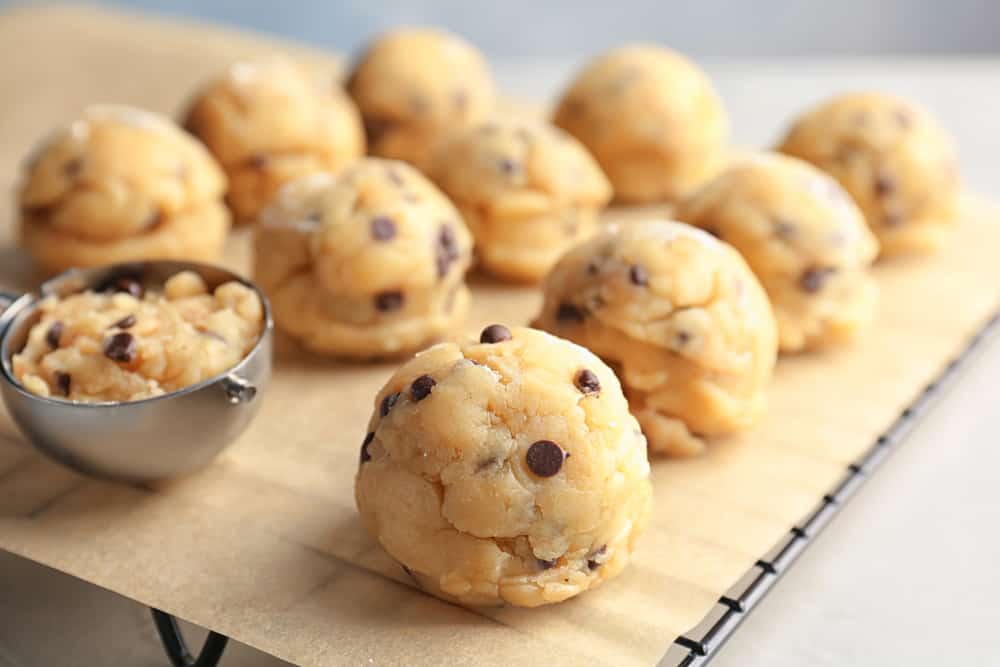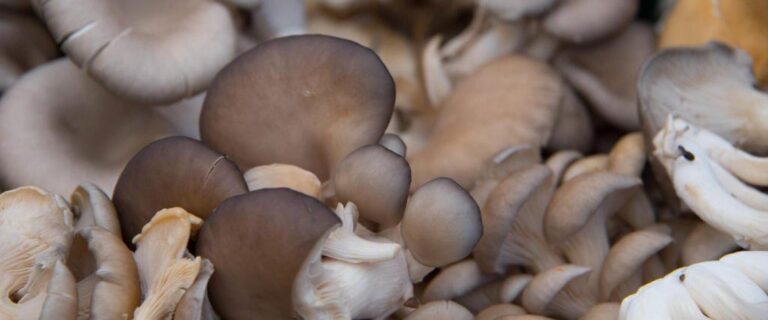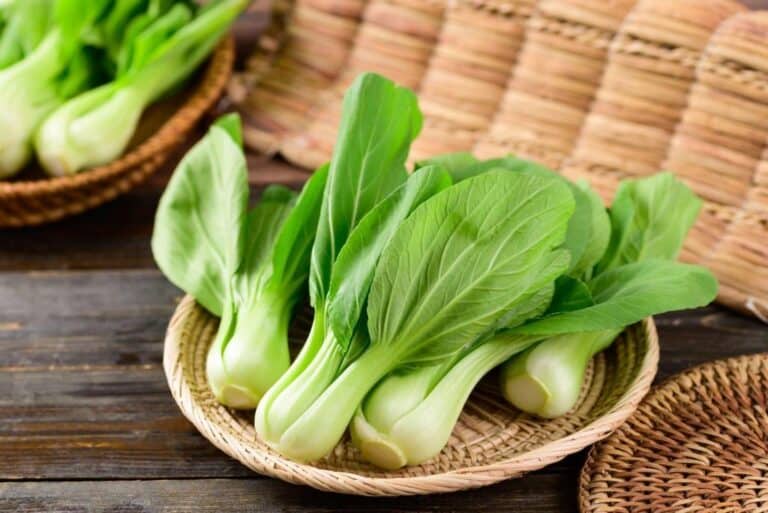What Does Chilling Cookie Dough Do? The Secret to Perfect Cookies

There’s nothing quite like the smell of freshly baked cookies wafting through your home. But have you ever noticed that some cookie recipes call for chilling the dough before baking? What’s the deal with that? Does it really make a difference?
In this article, we’ll dive into the science behind chilling cookie dough and explore its many benefits. We’ll look at how chilling affects the chemical reactions that take place during baking and how it can improve the texture and consistency of cookies. We’ll also discuss some of the potential drawbacks of chilling cookie dough, as well as tips for doing it effectively.
Whether you’re a seasoned baker or just starting, understanding what chilling cookie dough does can take your baking skills to the next level. So, let’s put on our aprons and get ready to learn all about the magic of chilling cookie dough!
What Does Chilling Cookie Dough Do?
Chilling cookie dough serves several purposes that can make a significant difference in the final product. Chilling cookie dough before baking serves several purposes:
1. Flavor
When you chill your cookie dough, it allows the flavors to meld together and develop a more complex taste. The butter, sugar, and flour have time to fully combine, resulting in a richer and more flavorful cookie.
2. Texture
Chilling cookie dough affects the texture of the cookie. Chilled cookie dough spreads less during baking, resulting in a thicker, chewier cookie. The cooler dough takes longer to heat up, giving the outside time to set before the inside has a chance to make the cookie spread more. This creates a more evenly baked cookie with a chewy texture that is desirable in many types of cookies.
3. Appearance
Chilled cookie dough is less likely to spread too thin, which can result in burnt or unevenly baked cookies. The dough also holds its shape better during baking, resulting in a more uniform appearance.
The dough also holds its shape better during baking, resulting in a more uniform appearance. This is particularly important if you’re making decorated or shaped cookies, as it ensures that they keep their intended shape and don’t lose their design in the baking process.
Does Chilling Cookie Dough Change the Taste?
Chilling cookie dough is a common practice that many bakers use to improve their baking results. While chilling cookie dough has been known to improve the texture and consistency of baked goods, there are concerns about how it affects the taste of the final product. Many bakers wonder if chilling cookie dough changes the taste and, if so, whether it is for the better or worse.
When cookie dough is chilled, it goes through a series of chemical changes that can affect its flavor profile. One of the primary ways that chilling cookie dough affects taste is by reducing the spread of the cookie during baking. This results in a denser, chewier texture that many people prefer.
Additionally, the cooler temperature of the dough can help to slow down the rate at which the sugar in the dough caramelizes during baking. This can lead to a milder, more subtle sweetness that allows other flavors in the cookie to shine.
On the other hand, some bakers believe that chilling cookie dough can dull the flavors of the ingredients in the dough. When the dough is cold, it can be more difficult for the flavors to meld together and develop. Additionally, chilling the dough can cause some of the moisture in the dough to evaporate, which can make the dough drier and less flavorful.
Despite these concerns, many bakers agree that the benefits of chilling cookie dough outweigh any potential drawbacks. By chilling cookie dough, you can ensure that the cookies will bake evenly and maintain their shape. This can result in a more attractive final product that looks as good as it tastes.
How Long Should You Chill Cookie Dough?
The amount of time you should chill your cookie dough can vary depending on the recipe and the type of cookie you’re making. As a general rule, cookie dough should be chilled for at least 30 minutes before baking.
Some recipes may call for longer chill times, such as several hours or even overnight. It’s important to follow the instructions in your recipe to achieve the desired outcome.
Tips for Chilling Cookie Dough
It’s also essential to handle your cookie dough correctly when chilling it. If you’re new to the world of chilling cookie dough, here are a few tips to help you get started:
- Cover your dough: To prevent your cookie dough from drying out or absorbing any funky odors from your fridge, be sure to cover it tightly with plastic wrap or place it in an airtight container.
- Don’t overpack the container: It’s important to give your cookie dough room to expand as it chills. Overpacking the container can cause the dough to become misshapen or lose its texture. A good rule of thumb is to fill the container no more than two-thirds full.
- Portion out the dough: If you plan on baking the cookies in batches, consider portioning out the dough before chilling. This can make the baking process more efficient and ensure that the cookies are all the same size.
- Shape your dough before chilling: If your recipe calls for rolling or shaping your dough, it’s best to do so before chilling. Chilled dough can be difficult to work with, so shaping it while it’s still soft and pliable will make things easier.
- Label and date your dough: If you’re making a large batch of cookie dough or storing it for an extended period of time, it’s a good idea to label and date your container. This will help you keep track of how long cookie dough has been in the fridge and ensure that you’re using it before cookie dough goes bad.
- Thaw dough before baking: If you plan on baking the dough from frozen, be sure to thaw it in the refrigerator before baking. Baking frozen cookie dough can result in uneven baking and an overdone exterior.
When Not to Chill Cookie Dough
While chilling cookie dough can be beneficial for many recipes, there are some instances when you might want to skip this step:
- Thin, crispy cookies: If you’re looking for a thin, crispy cookie, chilling your dough is not recommended. The cooler dough will result in a thicker, chewier cookie.
- Soft, cake-like cookies: For soft, cake-like cookies, chilling your dough may not be necessary. These types of cookies typically spread less during baking, so chilling isn’t needed to control their spread.
- Limited time: If you’re short on time, you can skip chilling your cookie dough. While you may not get the same flavor or texture benefits, your cookies will still be delicious.
Conclusion
Chilling cookie dough before baking can have a significant impact on the final product. It can enhance the flavor, texture, and appearance of your cookies. While there are some instances when you might want to skip this step, in general, chilling your dough is a worthwhile investment of your time.
In summary, skipping the chilling step when making cookie dough can result in cookies that are thin, crispy, and lacking in flavor. Chilling the dough before baking allows the ingredients to fully combine, resulting in a thicker and chewy texture, and prevents the cookies from spreading too much during baking. So, the next time you’re making cookies, don’t skip the chilling step, even if you’re in a rush. It’s worth the extra time to get the perfect cookies that everyone will love.
So next time you’re whipping up a batch of cookies, consider giving your dough a little time in the fridge before baking. Your taste buds (and your friends and family) will thank you!






